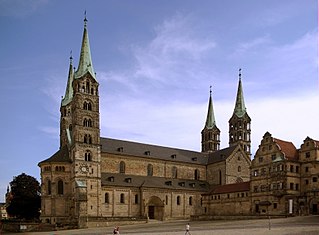
The Prince-Bishopric of Würzburg was an ecclesiastical principality of the Holy Roman Empire located in Lower Franconia west of the Prince-Bishopric of Bamberg. Würzburg had been a diocese since 743. As definitely established by the Concordat of 1448, bishops in Germany were chosen by the canons of the cathedral chapter and their election was later confirmed by the pope. Following a common practice in Germany, the prince-bishops of Würzburg were frequently elected to other ecclesiastical principalities as well. The last few prince-bishops resided at the Würzburg Residence, which is one of the grandest baroque palaces in Europe.

Lothar Franz von Schönborn-Buchheim was the Archbishop-Elector of Mainz from 1694 to 1729 and the Bishop of Bamberg from 1693 to 1729. As Archbishop of Mainz, he was also Archchancellor of the Holy Roman Empire. Lothar Franz von Schönborn is known for commissioning a number of Baroque buildings, such as the palace Schloss Weissenstein.

Friedrich Karl von Schönborn was the Prince-Bishop of Würzburg and Prince-Bishop of Bamberg from 1729 to 1746. He also served as Reichsvizekanzler (Vice-Chancellor) of the Holy Roman Empire from 1705 to 1734.

The Diocese of Eichstätt is a diocese of the Catholic Church in Bavaria. Its seat is Eichstätt, and it is subordinate to the archbishop of Bamberg. The diocese was erected in 745; from the Middle Ages until 1805, it was a state of the Holy Roman Empire. The current Bishop of Eichstätt is Dr. Gregor Maria Hanke, OSB; formerly the Abbot of the Benedictine Abbey of Plankstetten, he was named to the See by Pope Benedict XVI on 14 October 2006, and he was consecrated at the Cathedral of Eichstätt on 2 December 2006. The diocese covers an area of 6,025 km², with 48,9% just under half of the population is catholic.
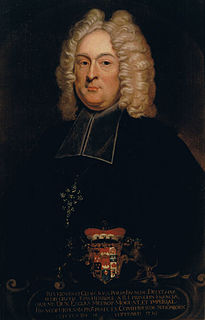
Johann Philipp Franz von Schönborn (1673–1724) was the Prince-Bishop of Würzburg from 1719 to 1724. His principal claim to fame is his commissioning of the Würzburg Residence, a major work of Baroque architecture.

Emil Freiherr Marschalk von Ostheim was a German historian, numismatist and collector. His book collection can be found at Bamberg State Library.

Heinrich Groß von Trockau was the Prince-Bishop of Bamberg from 1487 to 1501.
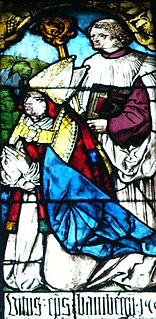
Veit Truchseß von Pommersfelden was the Prince-Bishop of Bamberg from 1501 to 1503.

Georg Schenk von Limpurg (1470–1522) was the Prince-Bishop of Bamberg from 1505 to 1522.
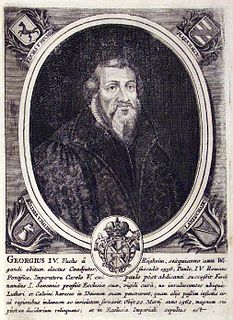
Georg Fuchs von Rügheim (1519–1561) was the Prince-Bishop of Bamberg from 1556 to 1561.

Johann Georg Zobel von Giebelstadt (1543–1580) was the Prince-Bishop of Bamberg from 1577 to 1580.

Johann Gottfried von Aschhausen (1575–1622) was the Prince-Bishop of Bamberg from 1609 to 1622 and Prince-Bishop of Würzburg from 1617 to 1622.

Franz von Hatzfeld was the Prince-Bishop of Würzburg from 1631 to 1642 and the Prince-Bishop of Bamberg from 1633 to 1642.

Peter Philipp von Dernbach (1619–1683) was the Prince-Bishop of Bamberg from 1672 to 1683 and Prince-Bishop of Würzburg from 1675 to 1683.
Franz Konrad von Stadion und Thannhausen (1679–1757) was the Prince-Bishop of Bamberg from 1753 to 1757.
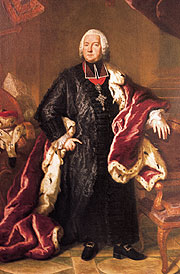
Adam Friedrich Graf von Seinsheim (1708–1779) was the Prince-Bishop of Würzburg from 1755 to 1779 and Prince-Bishop of Bamberg from 1757 to 1779.
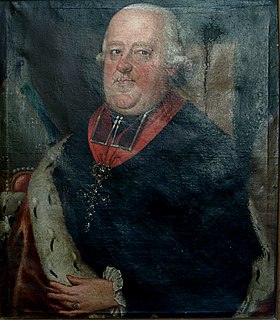
Georg Karl Ignaz Freiherr von Fechenbach zu Laudenbach (1749–1808) was the last Prince-Bishop of Würzburg, holding office from 1795 until 1803, when the Prince-Bishopric of Würzburg was mediatised to the Electorate of Bavaria. He continued to serve as Bishop of Würzburg, though without temporal power, until his death. He was also Bishop of Bamberg from 1805 until his death.

The Sonnefeld Monastery is the former Cistercian nunnery in Sonnefeld in Bavaria, Germany. The Klosterkirche is now an Evangelical Lutheran parish church.



